
Polarized Training Pathway
In collaboration with Dr. Stephen Seiler, the “father of polarized training,” we have curated everything you need to know about the 80/20 training method.
Cycling training is a science and an art. How endurance athletes train, when they train, and the intensity and duration of that training all affect the gains and adaptations they see.
Proper interval execution is essential to see the expected progress. How you analyze and interpret all that data is equally valuable. Of course, training needs to be planned so it fits into any given season, race schedule, and lifestyle. Off the bike, the importance of strength and conditioning is often neglected.
This is training. This process is what athletes live for.

In collaboration with Dr. Stephen Seiler, the “father of polarized training,” we have curated everything you need to know about the 80/20 training method.
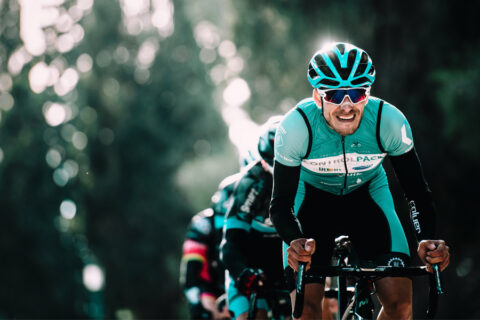
Interval workouts are a fundamental part of any endurance training program. Learn exactly what intervals are, why they are so important, and how to properly execute interval workouts with the help of Sebastian Weber, Neal Henderson, and Dr. Stephen Seiler.
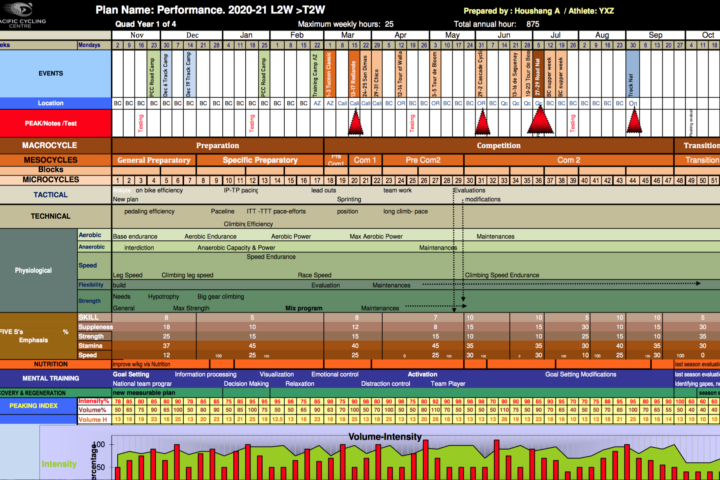
We review the art and science of developing and maintaining an annual training plan, which helps athletes progress and perform at their best.
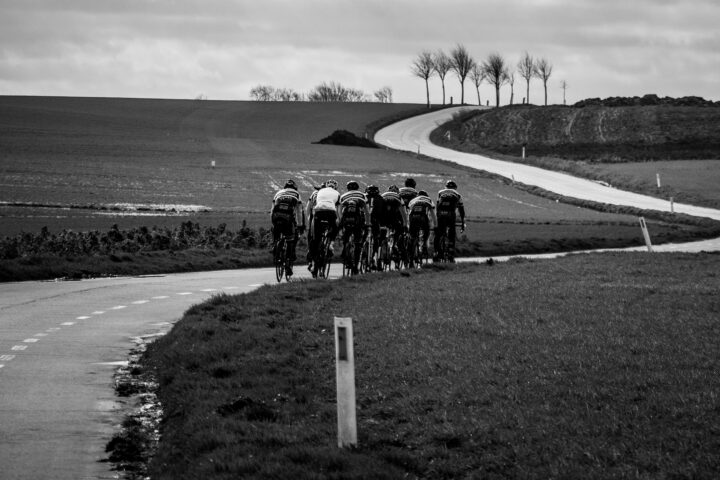
It’s hard to find time to fit in the long, slow miles that traditionally comprise the base season. Coach Trevor Connor offers suggestions for improving life-training balance, understanding quality versus quantity, and more.
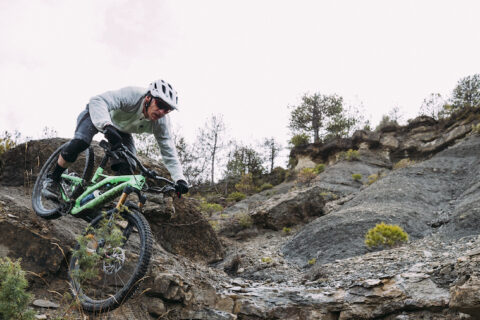
Getting older doesn’t have to equate to getting slower. We chat with two world champion athletes who share their secrets of success when it comes to slowing the aging process.

Looking to increase your run mileage and stay injury-free? The work starts in the gym—and we’ve got all you need to know to do it.
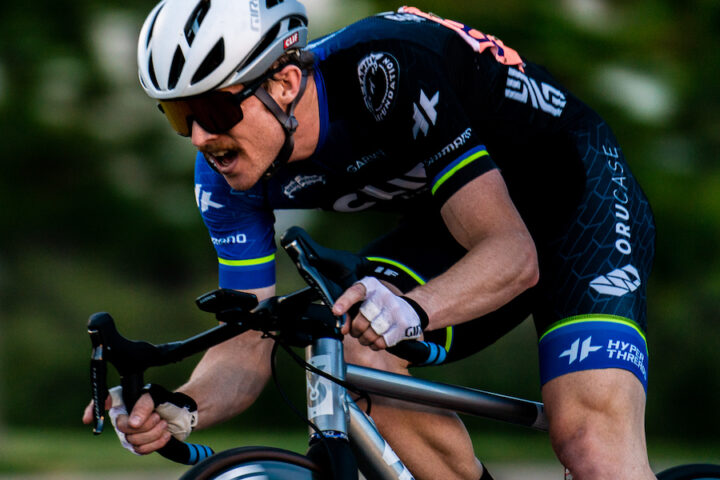
Then we’ve got some news you might like. Research out of Norway shows two shorter workouts can help build endurance in the same way those long workouts can.

We dive deep into the world of AI to understand how it can be used for optimal training and performance.

The benefits of polarized training are well known, but is there a minimal dose needed? We find out.

The semi-annual time change can often wreak havoc with our sleep and training. Find out how to mitigate its impact and use it to your advantage.

The concepts of central and peripheral conditioning help explain why an effective training base period leads to speed and durability in the race season.
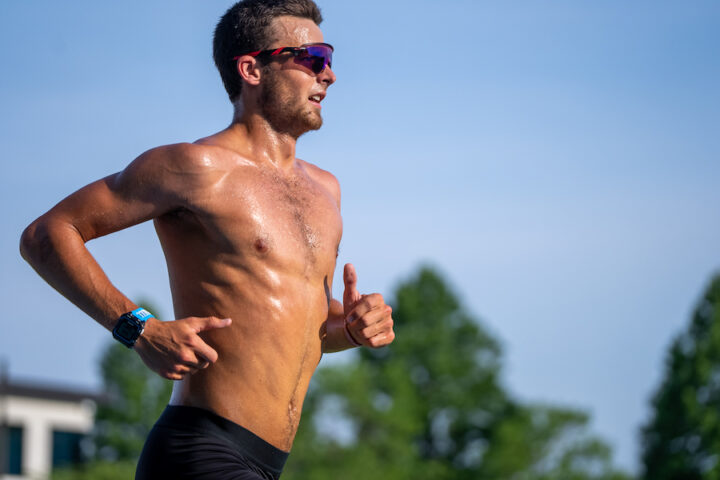
Sticking to 80/20 and training by heart rate are just two of the key polarized training rules you’ll want to follow.
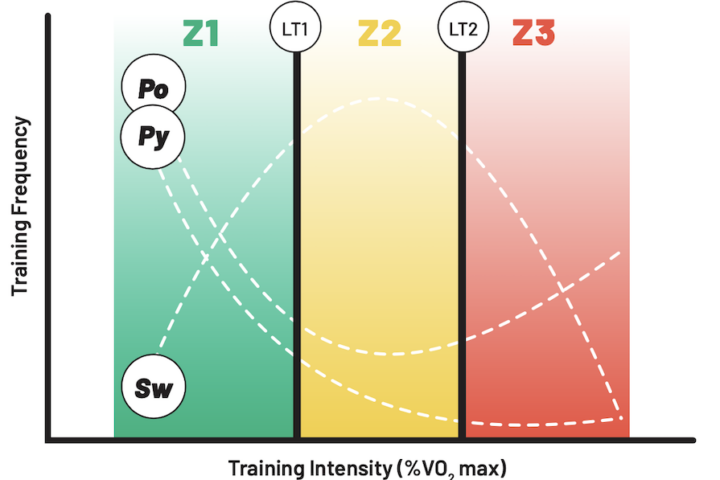
Most popular training methods claim to build your aerobic engine, but the training to achieve that goal will look and feel very different.

Intensity can be a slippery slope for endurance athletes—there is a temptation to push harder and longer. The real recipe for performance might entail some new priorities.

Trevor Connor and Rob Pickels run through one of their favorite sprint workouts, and share some helpful tips and tricks.

Rob Pickels shows us how to do mountain bike intervals based on Dr. Seiler’s polarized training research.

World-leading environmental physiologist Dr. Stephen Cheung shows how to practice heat training in your own home and how to incorporate it into your annual training schedule.
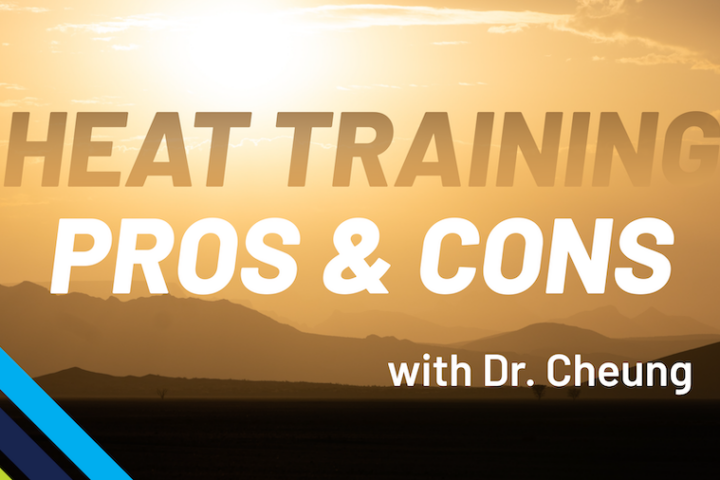
In this workshop, find out whether the benefits heat training carry over to racing in temperate environments.

Coach Ryan Kohler shows the right way to do a Tabata Intervals workout, based on the research of Dr. Izumi Tabata, and when to do Tabata workouts during your season.
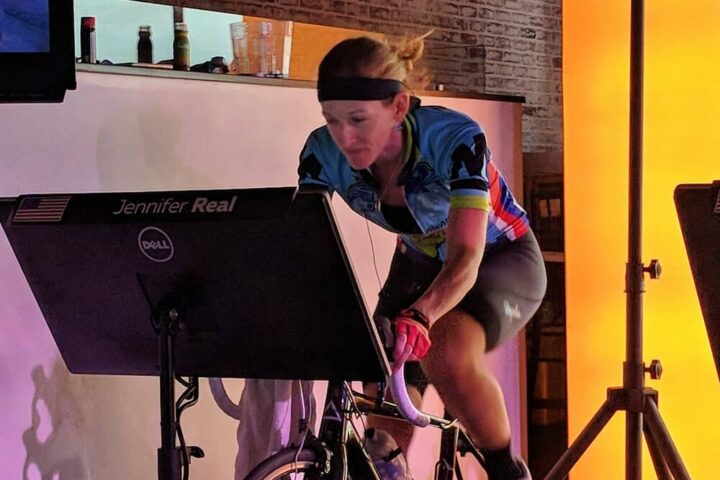
Medical doctor and elite Zwift team manager Jennifer Real talks with us about indoor training and racing, and how to achieve effective recovery including monitoring sleep and taking Vitamin D.
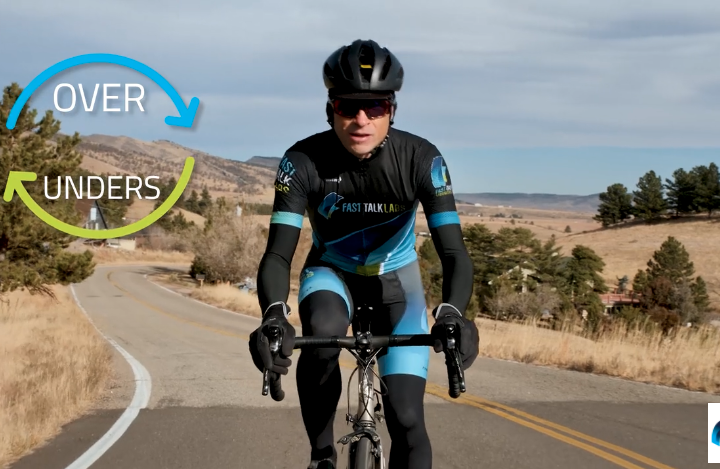
Chris Case explains a simple way to do over-under cycling interval workouts.
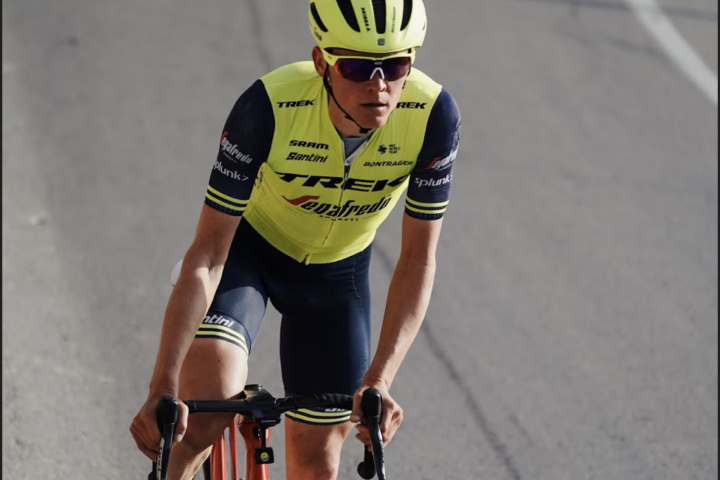
Multiple-time Polka Dot Jersey Holder, Toms Skujins, discusses lactate testing, CGMs, ketone strips, and taking his own blood on the side of the road.